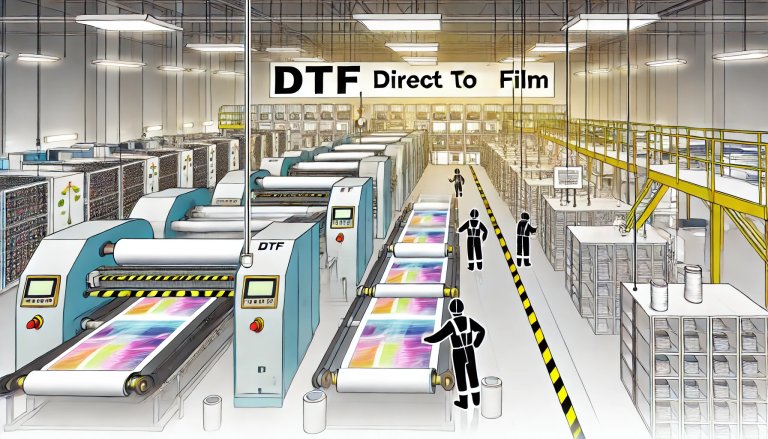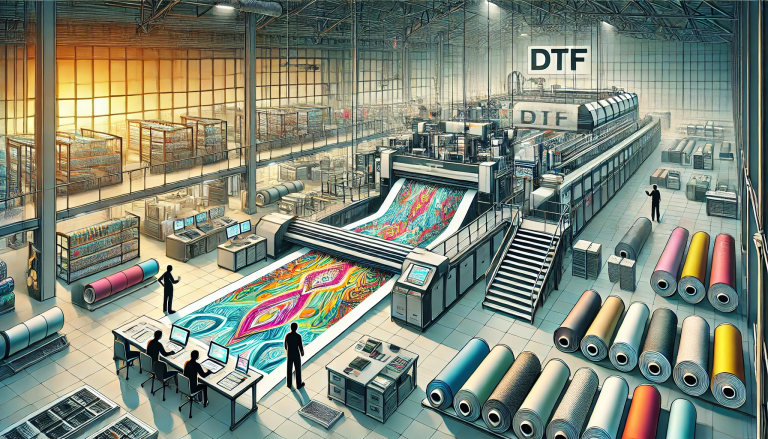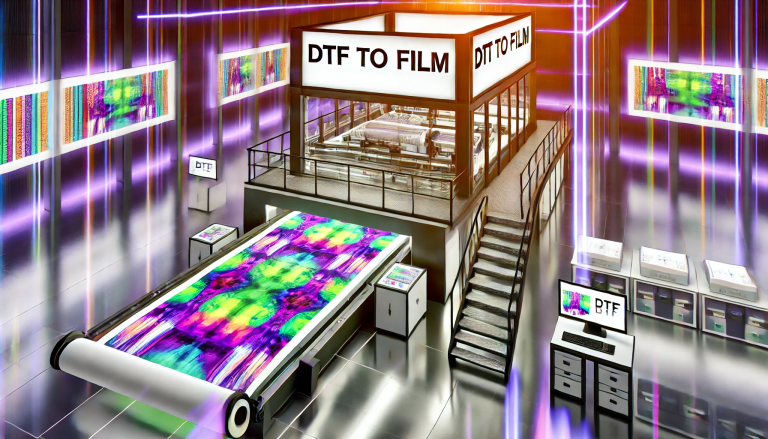“Is DTF Heat Transfer Paper the Same as Screen Paper?” -MAXDTF- PET Film For DTF Manufacturer, DTF digital Transfer Supplier, Made in China
Part I: Introduction to DTF Heat Transfer Paper and Screen Paper
In the realm of print technology, various methods and materials have been introduced to cater to different printing needs. Two such materials include DTF (Direct to Film) heat transfer paper and screen paper, often used in screen printing. But, are these two the same? Understanding the principles and processes of DTF and screen printing is essential to answer this question.
DTF printing involves printing a design onto a special PET film using a digital printer. After the design is printed, an adhesive powder is applied to the film, which is then heat-pressed onto the intended material. This process effectively transfers the design onto the material, creating a high-resolution print that is durable and vibrant.
On the other hand, screen printing, also known as silk screening, uses screen paper or screen mesh. In this traditional method of printing, a design is transferred onto the screen, with each color requiring a different screen. Ink is then pushed through the mesh onto the material, layer by layer, to recreate the design. The final product is a vivid, durable print with a unique tactile quality.
Part II: DTF Heat Transfer Paper vs Screen Paper: A Comparison
When comparing DTF heat transfer paper and screen paper, it’s evident that they are different both in their physical properties and the processes they are involved in.
DTF heat transfer paper is essentially a thin PET film, specifically designed to carry and transfer a design via heat press to a variety of materials. Its strength lies in its ability to handle complex, multi-color designs in a single pass, and its versatility in adhering to different fabrics, from cotton to synthetics.
Screen paper, on the other hand, is a mesh material used as a stencil in screen printing. Each color in the design requires a different stencil, making the process more time-consuming and labor-intensive, especially for designs with multiple colors. However, screen printing offers a unique depth of color and texture that can be more appealing for certain applications.
Part III: Determining the Best Choice: Context Is Key
While DTF heat transfer paper and screen paper are fundamentally different, determining which is the better choice depends largely on the context of the printing job at hand.
DTF is typically favored for its speed, digital precision, and versatility, making it an excellent choice for complex, multi-color designs and short-run jobs. However, DTF requires a heat press and the prints may not have the same tactile quality as screen prints.
In contrast, screen printing is often chosen for its depth of color and texture, and its cost-effectiveness for larger batches. However, it’s less suitable for intricate, multi-color designs or small quantities due to the need for different screens for each color and the labor involved in the setup.
Summary
In conclusion, DTF heat transfer paper and screen paper are not the same. They differ in their material characteristics, the processes they are used in, and the final results they produce. The choice between DTF and screen printing largely hinges on the specific needs and constraints of the project, including design complexity, quantity, material type, and the desired look and feel of the final print. As always, developments in print technology continue to evolve, potentially leading to new methods and materials that further expand the possibilities in the printing world.





